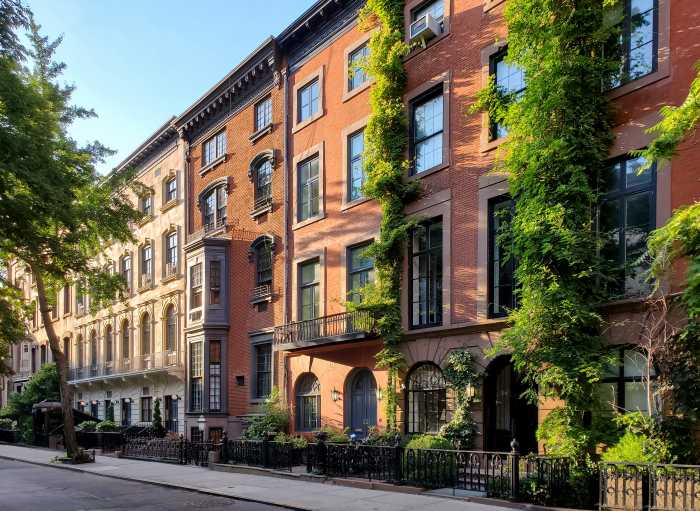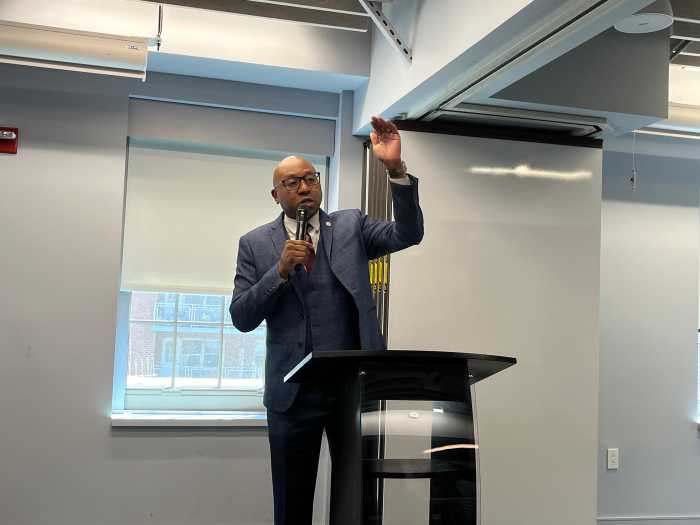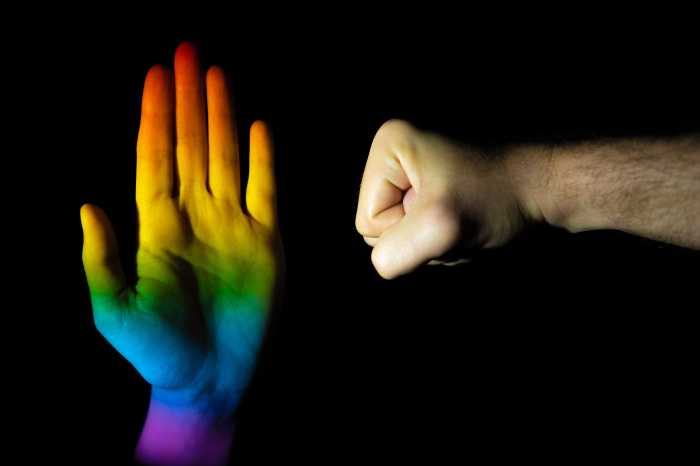By George H. Tsai
It was a frightening experience— first in Rome, then in the air and finally in Chicago on our way back to New York after a two-week sightseeing swing through five Western European countries.
In the wake of the terrorist attacks against the United States, Italy stationed armed personnel on the second floor inside the international airport. One guard was pointing his machine gun at the American Airlines check-in area full of passengers for the states. It was AA’s first flight from Rome after the attack.
We had to go through three checkpoints, show our IDs and answer a few questions about our luggage. Nobody complained about the slow process — we applauded their tough measures.
We boarded the same type of plane, A Boeing 767, which slammed into the North Tower of the World Trade Center. Our jet, flying 34,000 feet somewhere over the Atlantic Ocean, was shaking for a minute or two, probably because of its collision with a stream of cold air, but my wife looked frightened. She subconsciously thought something went wrong on the plane, or a struggle between hijackers and passengers might be going on in the front cabin, like Flight 93 of United Airlines that crashed near Pittsburgh on Sept. 11.
At Chicago’s O’Hare Airport, we easily sailed through the immigration and U.S. customs checkpoints without being inquired about our luggage content. That showed our security checks at domestic airports had not been beefed up after the kamikaze attacks five days earlier on Pentagon and the World Trade Center.
However, nervousness came over us after we transferred to a smaller plane with lots of empty seats from Chicago to LaGuardia Airport in Queens. Later we were praying for a safe landing while seeing the smoldering rubble of the destroyed twin towers.
The brutal attacks greatly affected travelers’ plans. It seems they prefer train or bus to plane for now. It was reported that Amtrak and Greyhound Bus were doing brisk business while the airline industry suffers enormously in the terrorist-attack aftermath. It lost millions of dollars a day and began to lay off thousands of workers. However, the federal government was taking swift action to bail out the industry with billions of dollars and to train air marshals.
The renewed security measures remind us of efforts to battle the hijacking spree in the early 1970s. (At the time jokes could be made about hijacking because all anybody suffered was a temporary change in destination.)
By the time you read this column, the United States might have already taken military action against those responsible for the horrific attacks.
The disaster has united Americans as rarely ever before. In his speech to a joint session of Congress on Sept. 20, President Bush said he would lead the nation in a fight to defeat the global terror network.
The United States is still the most powerful country in the world. I am very proud of being an American. With a U.S. passport, you can travel to almost every corner of the globe, and the greenback is worth more and accepted in every country around the world. The U.S. dollar is so popular that almost every salesperson in European stores knows its value without looking at the table showing international monetary exchange rates.
I am confident the Big Apple will recover from the catastrophic scars inflicted by the terrorists. The World Trade Center will forever be in our memory. New York is still the financial capital of the world and will stay that way.
There are few magnificent high-rise buildings in London, Paris or Rome. It seems their tallest facilities are monuments in memory of royal family members and heroes. The highest one in London is perhaps the St. Paul Cathedral or the two-year-old monument of Prince Albert, the husband of Queen Victoria whose statue is everywhere. In Paris, it’s Eiffel Tower and in Rome, it’s ancient ruins and churches.
Of course, the Europeans are proud of their rich heritage and are determined to preserve it. Their streets are generally narrow and paved with stones. Champs-Elysees Avenue leading to the Arc de Triomphe (Triumphal Arch) in Paris (a replica of it stands at the end of Fifth Avenue at Washington Square Park in Manhattan) is an exception.
On average, the commercial and apartment buildings in those cities are four stories high, many of which were built decades ago. Almost two-thirds of London’s buildings rose after World War II, mostly the past 20 years. However, the design is of Victoria era.
To me, New York is a fascinating city and I love it — now more than ever!





































